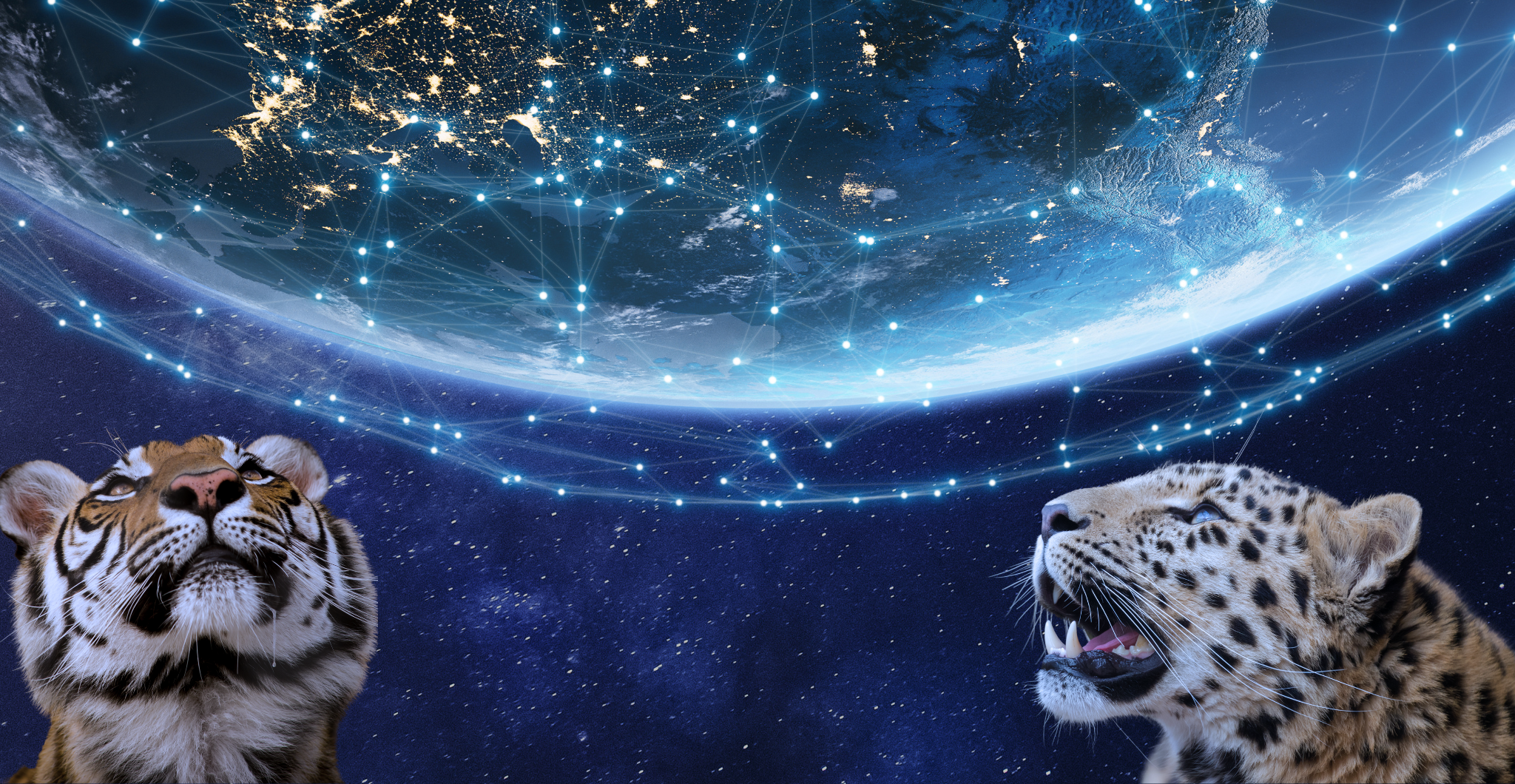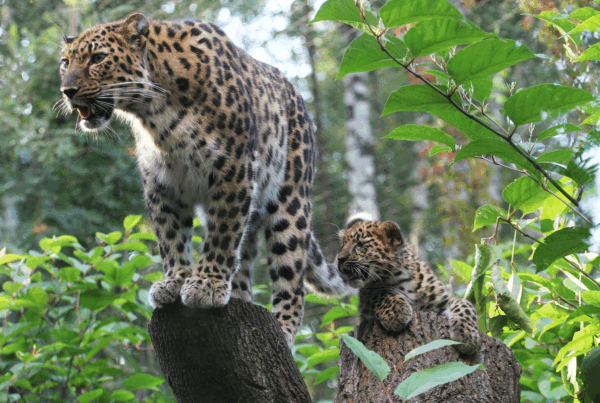We are living in the age of digital transformation from which the Internet of Things (IoT) has emerged as a revolutionary force supported by Long Range, Low Powered Radio (LoRa).
IoT is the network of physical objects or “things” that are embedded with sensors and other technologies to create a vast network of devices over the internet. Beyond the realms of smart thermostats, watches, and other personal devices, IoT has found a purpose in wildlife conservation, transforming the way we monitor, protect, and coexist with the animal kingdom.
Alongside IoT, Long Range, Low Powered Radio (LoRa) has become a game-changer, offering a robust wireless platform to connect networked sensors to form the IoT. LoRa has a range that extends far beyond conventional options like cellular, Bluetooth, or Wi-Fi.
The landscape of emerging technologies in conservation is both vast and dynamic. In this blog, we explore how IoT and LoRa are shaping the future of wildlife conservation.

The Role of IoT in Wildlife Conservation:
Recently there has been a boom in low-cost/open-source networked sensors which are designed to connect online offering instant data and alerts. They can track a wide range of information such as animal movement, human intrusions, and environmental conditions. Examples of these sensors include acoustic monitoring devices, camera traps, and animal-attached tags for bio-logging.
1. Population Monitoring:
Networked sensors, provide invaluable insights into animal behaviour, movement patterns, and habitat preferences. Conservationists leverage this data to identify at-risk species and ecosystems, enabling them to implement targeted and effective conservation measures.
2. Combating Poaching and Illegal Resource Extraction:
Connected cameras, strategically placed in protected areas, act as vigilant guardians against poaching and illegal activities. Real-time alerts are sent to rangers or authorities, allowing swift responses to thwart poachers and protect endangered wildlife from harm.
3. Human-Wildlife Conflict Resolution:
With the help of solar power and rechargeable batteries, IoT cameras with AI and computer vision algorithms could detect approaching animals. Alerts could then be transmitted to both communities and conservationists as well as triggering appropriate deterrents such as flashing lights or specific noises. This proactive approach minimizes human-wildlife conflicts, fostering peaceful coexistence.
4. Preventing Road Traffic Accidents:
Geo-fencing technology creates virtual boundaries around animal habitats, restricting traffic during vulnerable periods. Sensors detect animal movements, triggering timely responses and alerting motorists to avoid collision-prone areas. This innovative use of IoT contributes to reducing road traffic accidents involving wildlife.
LoRa in Conservation:
LoRa is a long-range, low-power wireless platform, surpassing the capabilities of Wi-Fi, cellular, and Bluetooth. With a range extending over 10 km in rural and 3 km in urban areas, LoRa is ideal for conservation efforts in remote terrains, where connectivity challenges are common.
1. Secure Data Transmission:
LoRa ensures secure data transmission with end-to-end encryption, providing a shield against potential cyber threats. This feature is critical in safeguarding sensitive information related to wildlife conservation efforts.
2. Cost-Effective and Minimal Infrastructure:
Operating on a license-free spectrum, LoRa minimizes costs associated with infrastructure. This makes it an economically viable option for conservationists working in resource-constrained environments, where every penny counts towards the greater cause.
Digital inclusion by 2030.
As the Internet of Things and Long Range, Low Powered Radio continue to advance, their potential for revolutionizing wildlife conservation becomes increasingly evident. From monitoring animal populations to thwarting poaching activities and preventing human-wildlife conflicts, these technologies offer a beacon of hope for a harmonious coexistence between humans and the animal kingdom.
However, an estimated 3.7 billion people, almost half of the world’s population, currently do not have access to the Internet generating a vast digital divide. The least developed countries are the least connected, with only 19% online, but they are also the richest in biodiversity. This creates a huge hurdle for leveraging new digital technologies for collective conservation. For us to be able to protect species on the brink of extinction there needs to be equal opportunities for all, and we must work to ensure digital inclusion by 2030.





